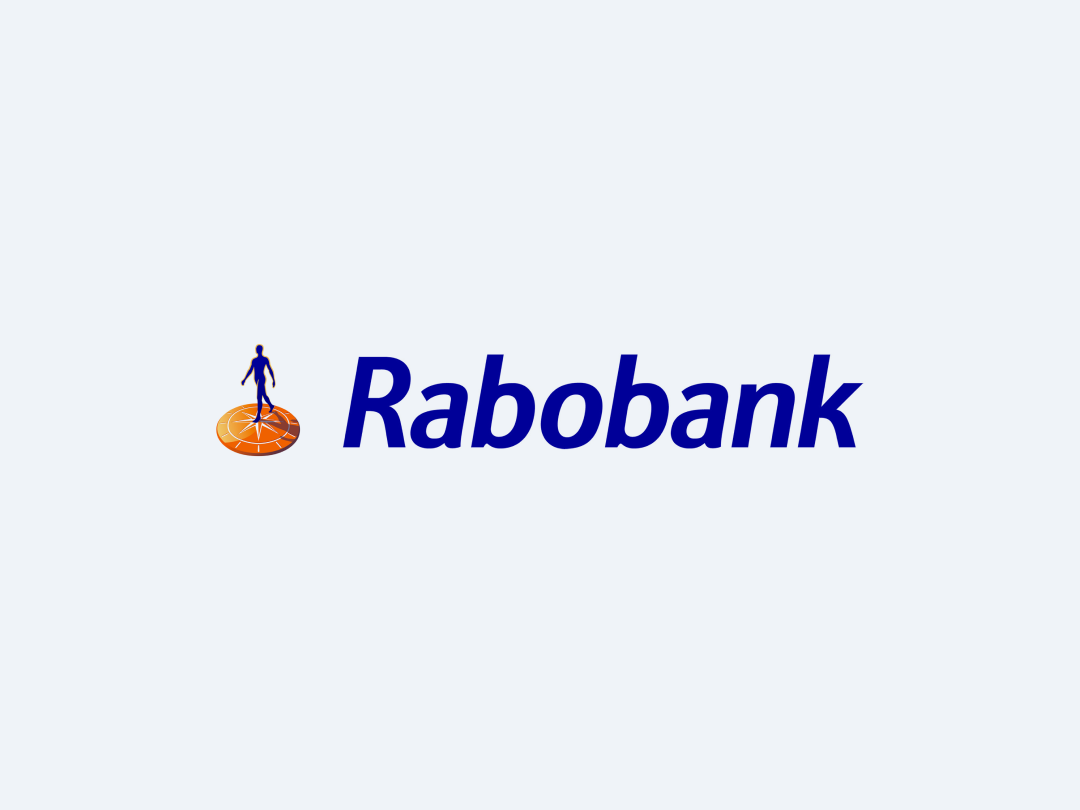Here are the main highlights for some of Australia’s key commodities this month. The full report provides an overview of the developments to watch in the upcoming weeks.
- Grains & Oilseeds: The story for global wheat prices is bullish by year’s end, but the price rally may have come too early, as US corn is just entering a crucial period for yields. EU and Black Sea harvests are ramping up and will deliver high export potential. Even without a grain deal, Ukraine will ship. Local prices will remain focused on Australian weather.
- Dairy: The new production season is now underway, and there was still a mild flurry of adjustments in the lead-up as dairy companies jostled for position. Milk prices are locked at levels that will support margins. The first signs of stabilisation in the local milk pool are emerging.
- Beef: Rain in a number of states through mid- and late June might just be enough to stabilise prices. However, it remains clear that there is a degree of caution among producers, and as long as there is uncertainty in the weather outlook, prices will remain volatile.
- Sheepmeat: Sheep and lamb prices weakened further, with trade and restocker lambs seeing the largest drops. The month-on-month drop in slaughter numbers supports prices into spring. However, weaker consumer markets and overall increased lamb numbers continue to weigh on markets.
- Cotton: Cotton prices settled slightly lower, as the strengthening AUD/USD and economic pressure hamper price upside. Production outlooks for the end of the current season have increased, with Brazil’s current harvest showing another strong crop.
- Wool: Wool prices across the board slid further amid bearish market sentiment. Recent activity from Chinese mills is providing hope for mitigating downside price risk, while reduced offerings present a potential benefit given current demand.
- Consumer Foods: Food inflation has proved sticky so far this year. The latest monthly release showed food and non-alcoholic inflation was steady at 7.9% YOY in May. Two key categories remain the main culprits, with dairy and bread at double-digit rates.
- Farm Inputs: Price variations in the energy sector were not strong enough to alter the downward trend for farm inputs. Market oversupply and limited demand have been the status quo since late 2022. This sector has it owns long-term supply chain characteristics.
- Interest Rates and FX: First quarter GDP growth was slightly lower than expected at 0.2%. The economy is now showing certain signs of slowing, and the monthly inflation data for May suggests that the RBA is nearing the end of the rate hike cycle.
- Energy and Freight: Crude oil prices scarcely changed over the course of June, as some strong economic data out of the US pared back earlier concerns of a recession-induced slump in demand.
Source: https://research.rabobank.com/far/en/documents/482646_Rabobank_AU-Agribusiness-Monthly_July2023.pdf
- Grains & Oilseeds: The story for global wheat prices is bullish by year’s end, but the price rally may have come too early, as US corn is just entering a crucial period for yields. EU and Black Sea harvests are ramping up and will deliver high export potential. Even without a grain deal, Ukraine will ship. Local prices will remain focused on Australian weather.
- Dairy: The new production season is now underway, and there was still a mild flurry of adjustments in the lead-up as dairy companies jostled for position. Milk prices are locked at levels that will support margins. The first signs of stabilisation in the local milk pool are emerging.
- Beef: Rain in a number of states through mid- and late June might just be enough to stabilise prices. However, it remains clear that there is a degree of caution among producers, and as long as there is uncertainty in the weather outlook, prices will remain volatile.
- Sheepmeat: Sheep and lamb prices weakened further, with trade and restocker lambs seeing the largest drops. The month-on-month drop in slaughter numbers supports prices into spring. However, weaker consumer markets and overall increased lamb numbers continue to weigh on markets.
- Cotton: Cotton prices settled slightly lower, as the strengthening AUD/USD and economic pressure hamper price upside. Production outlooks for the end of the current season have increased, with Brazil’s current harvest showing another strong crop.
- Wool: Wool prices across the board slid further amid bearish market sentiment. Recent activity from Chinese mills is providing hope for mitigating downside price risk, while reduced offerings present a potential benefit given current demand.
- Consumer Foods: Food inflation has proved sticky so far this year. The latest monthly release showed food and non-alcoholic inflation was steady at 7.9% YOY in May. Two key categories remain the main culprits, with dairy and bread at double-digit rates.
- Farm Inputs: Price variations in the energy sector were not strong enough to alter the downward trend for farm inputs. Market oversupply and limited demand have been the status quo since late 2022. This sector has it owns long-term supply chain characteristics.
- Interest Rates and FX: First quarter GDP growth was slightly lower than expected at 0.2%. The economy is now showing certain signs of slowing, and the monthly inflation data for May suggests that the RBA is nearing the end of the rate hike cycle.
- Energy and Freight: Crude oil prices scarcely changed over the course of June, as some strong economic data out of the US pared back earlier concerns of a recession-induced slump in demand.
Source: https://research.rabobank.com/far/en/documents/482646_Rabobank_AU-Agribusiness-Monthly_July2023.pdf
